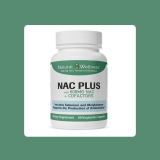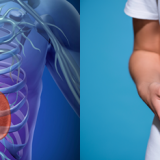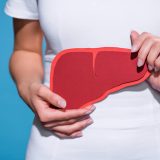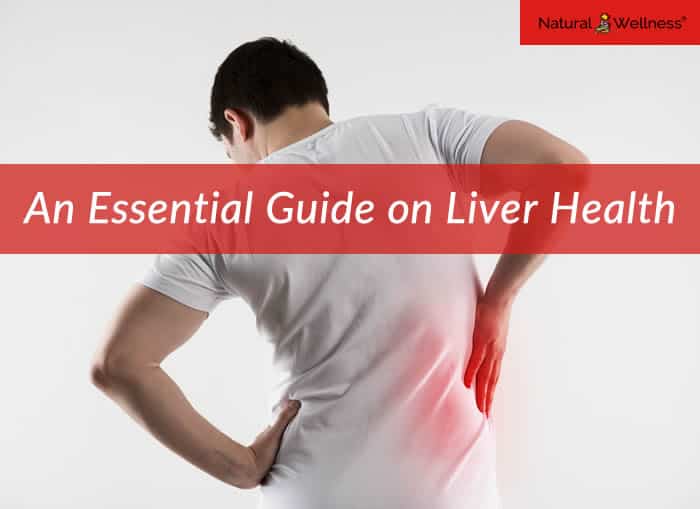

Our liver is an essential organ, about the size of a football sitting just under your rib cage on the right side of your abdomen. We need our liver to function properly as it helps to digest food and gets rid of toxins lingering in our body.
Read on to learn more about your liver and how to keep it healthy.
Symptoms of Liver Issues
Oftentimes when there are complications with your liver, noticeable signs and symptoms won’t arise. If they do, typical symptoms include: (1)
- Skin and eyes that appear yellowish (jaundice)
- Abdominal pain and swelling
- Swelling in the legs and ankles
- Itchy skin
- Dark urine color
- Pale stools
- Chronic fatigue
- Nausea/vomiting
- Loss of appetite
- Bruising easily
Stages of Liver Disease
Many different liver diseases exist, but the progression of liver damage usually happens in a similar way. Whether your liver has been infected with a virus or injured, if it’s not treated early your liver can become so damaged that it’s no longer functioning.
The first step of liver disease progression is typically inflammation. This shows that your body is trying to fight off an infection or heal an injury. If the inflammation becomes chronic (long-term), it can start to hurt your liver permanently. (2)
If inflammation isn’t noticed and is left untreated, your liver will begin to scar. As scar tissue begins to multiply, it takes place of the healthy tissue. This is called fibrosis. With too much buildup of scar tissue, your liver will likely not function as properly as it did with healthy tissue and makes it work harder.
The continuation of untreated scar tissue in the liver results in cirrhosis, which can lead to severe complications, including liver cancer. In some individuals, symptoms of cirrhosis (the ones previously discussed) may be the first signs of liver disease. Once cirrhosis is diagnosed, its treatment focuses on keeping the condition from getting worse.
End-stage liver disease (ESLD), liver cancer, and liver failure are all serious conditions that can arise from untreated liver disease. At this point, treatment options can be limited and could be life threatening.
Tips to Support Liver Health
Keep your liver in pristine condition with certain foods, supplements, and lifestyle changes. Here are some tips to keep in mind.
Food/Drinks
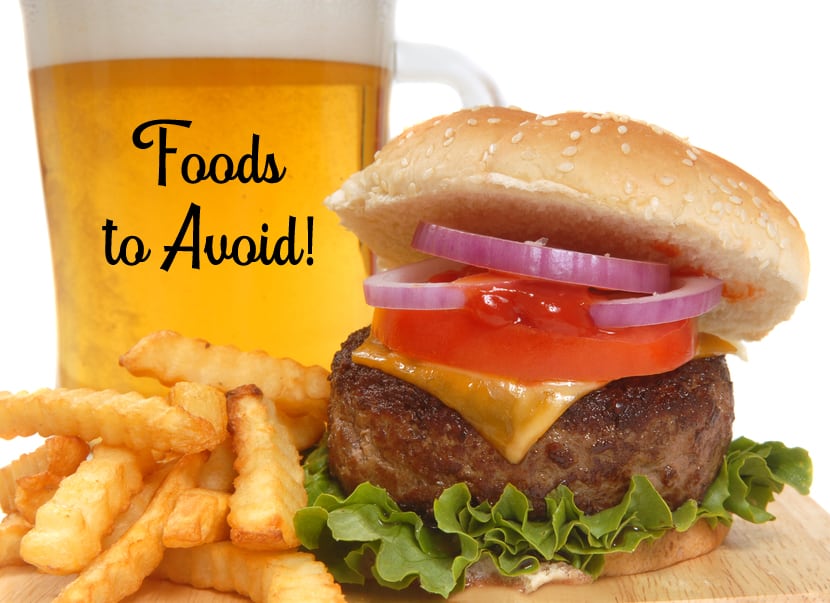
Having a healthy diet allows your liver to function properly and, in turn, makes you feel great. Some general tips for a healthy liver include: (3)
- Foods to avoid: Limit the amounts of foods that contain high fat, sugar, and salt. Fast food restaurant meals tend to have a lot of fried options, which you should steer clear of, along with avoiding undercooked or raw shellfish.
- Alcohol: When you drink alcohol, it is filtered through your liver to then be removed from the body. This can cause damage to your liver cells and cause serious liver disease. In fact; alcohol causes 4 out of 5 deaths from liver disease.
Definitely avoid alcohol if you deal with liver disease. If your liver is healthy, you can drink alcohol in moderation. Limit your intake to no more than 1 drink per day for women and 2 drinks per day for men. - Balance your diet: Choose foods from all food groups including grains, fruits, vegetables, dairy, and lean meats or protein.
- Stay hydrated: As we mentioned, your liver is responsible for flushing out toxins, and water can help with the process. Water needs vary by individuals and depends on activity levels and even the climate you live in. Mayo Clinic (4) recommends men drink about 15.5 cups (3.7 liters) of fluid and women should aim for 11.5 cups (2.7 liters).
- Eat your fiber: A 2017 study published in Nutrients (5) found that participants who were eating higher insoluble fiber showed improvements in fatty liver index, hepatic steatosis index, and nonalcoholic fatty liver disease fat score. Good sources of insoluble fiber include nuts, beans, potatoes, and whole grains.
If you have liver conditions, such as cirrhosis or hepatitis C, your individual dietary needs may vary. It’s important to have a conversation with your doctor in order to create an eating plan that works best for you.
3 Supplements for Liver Health
Before turning to supplements to support your liver, have a conversation with your doctor to ensure it’s safe for you to take.
Some of the most common supplements that have been studied to help your liver include:
- Milk thistle: Also known as silymarin, milk thistle extracts contain about 50% of silibinin which is the active ingredient in silymarin. Silibinin can act as an antioxidant, reducing free radicals that can lead to inflammation.
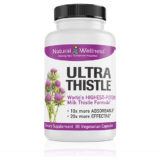
- Zinc: When liver disease becomes chronic, it can actually create a zinc deficiency. Zinc is an essential trace element that helps immune function, DNA synthesis, and promotes cell division. A 2012 study that was published in Gastroenterology & Hepatology (6) found that zinc supplementation can help protect the liver from oxidative stress that is brought about by hepatitis C viral infections.
- Licorice root: A compound called glycyrrhizic acid is found in licorice root and it can help reduce inflammation and regenerate damaged liver cells. A 2016 study on rats that was published in BMC Complementary Medicine and Therapies (7) found that raw licorice root extract reversed alcohol-induced inflammation and fat accumulation in the liver. More research needs to be done on human studies.
Lifestyle changes/Other factors
Maintaining a healthy weight and getting in moderate amounts of exercise can be beneficial to prevent nonalcoholic fatty liver disease. For substantial health benefits, the recommended activity levels include: (8)
- 150 to 300 minutes (2 hours 30 minutes to 5 hours) a week of moderate-intense activity
- 75 to 150 minutes (1 hour 15 minutes to 2 hours 30 minutes) a week of vigorous-intense physical activity
Other factors to consider when wanting to protect your liver, include: (1)
- Getting vaccinated: If you’re at increased risk of hepatitis or have already been infected, talk to your doctor about getting the hepatitis A and B vaccines.
- Use your medication properly: Any prescription and nonprescription drugs should be taken only when they are needed and in the correct doses. Do not mix any medication with alcohol.
- Keep your food safe: Wash your hands before eating or preparing food, and be sure to cook, cool, and store them properly to avoid food borne illnesses.
This concludes your essential guide on liver health. For further information about liver health, visit LiverSupport.com.

